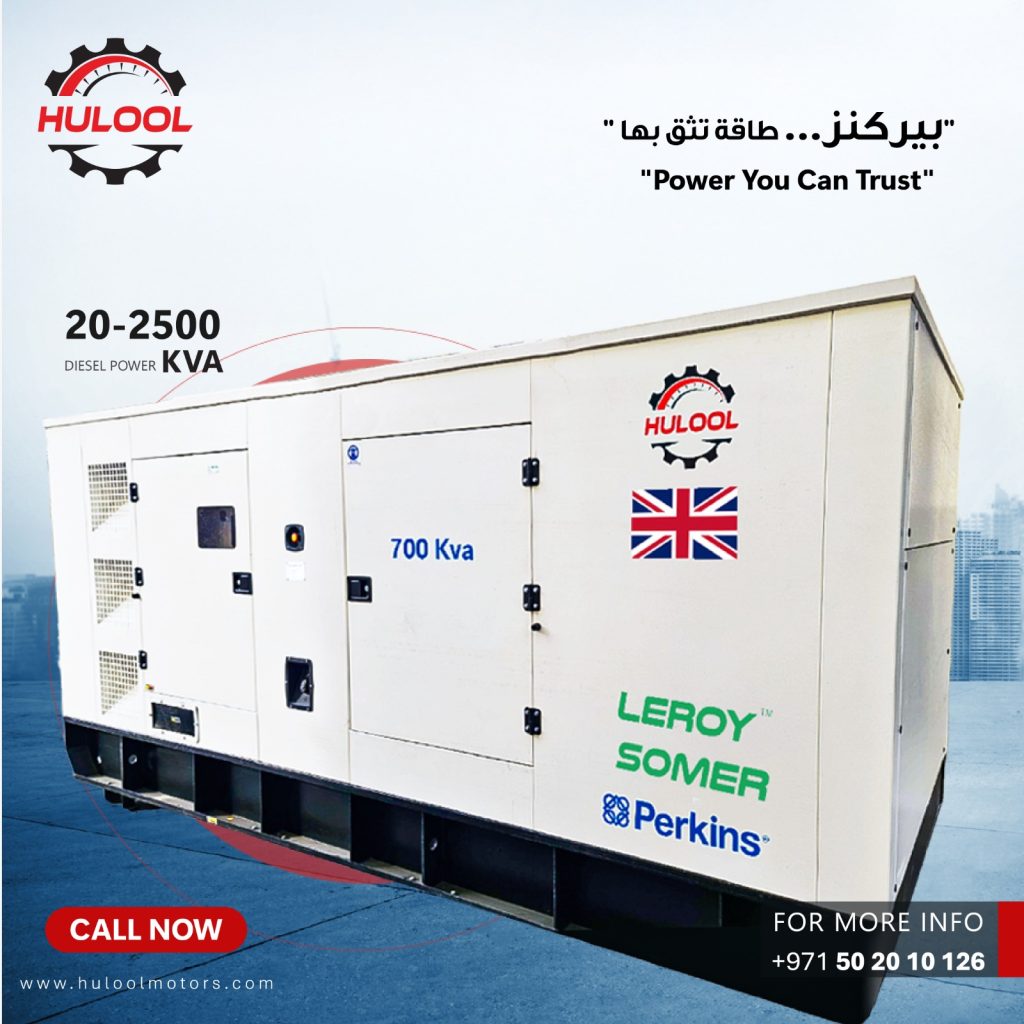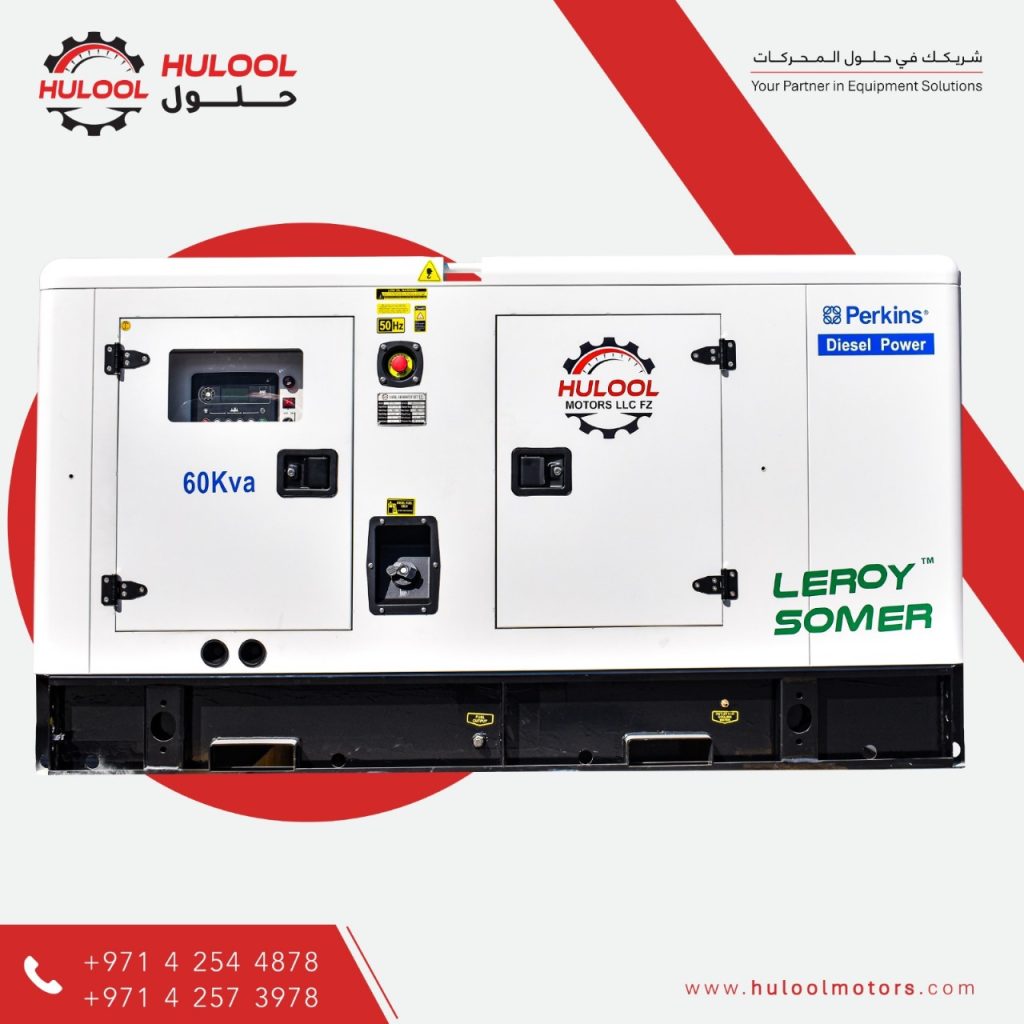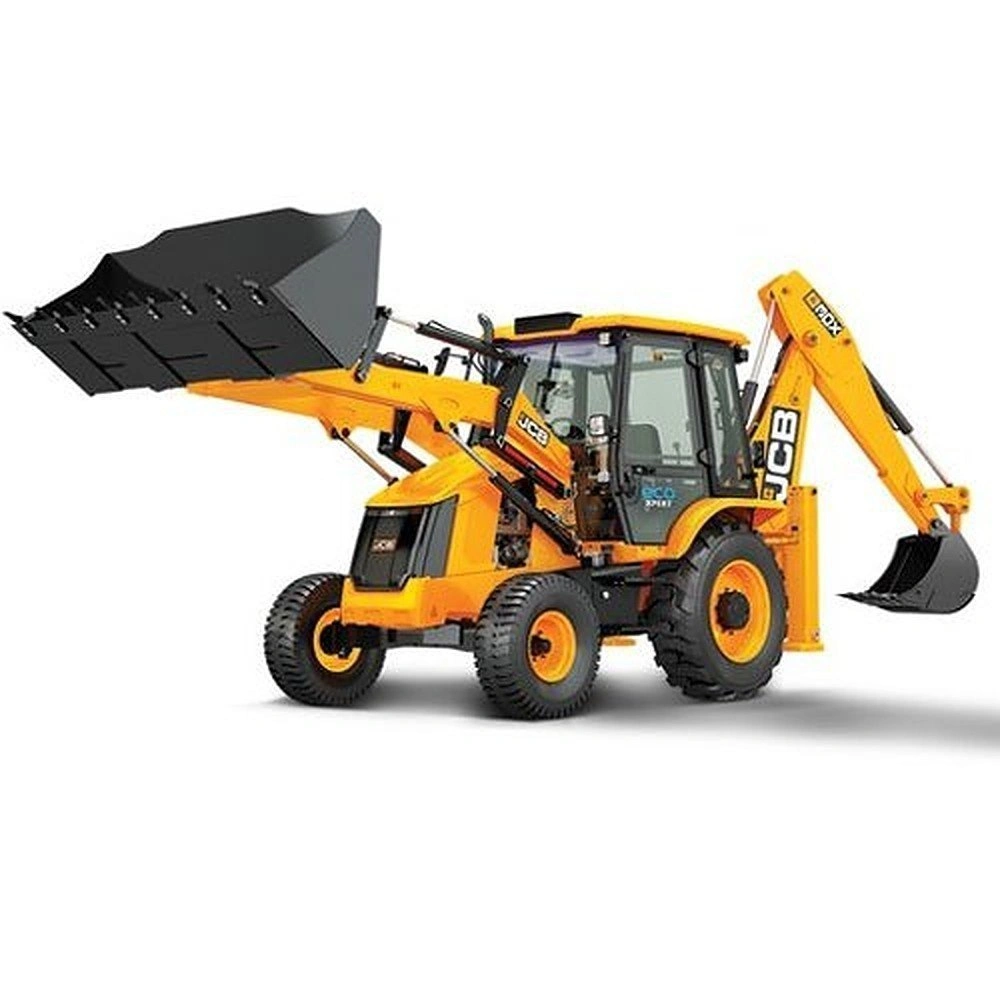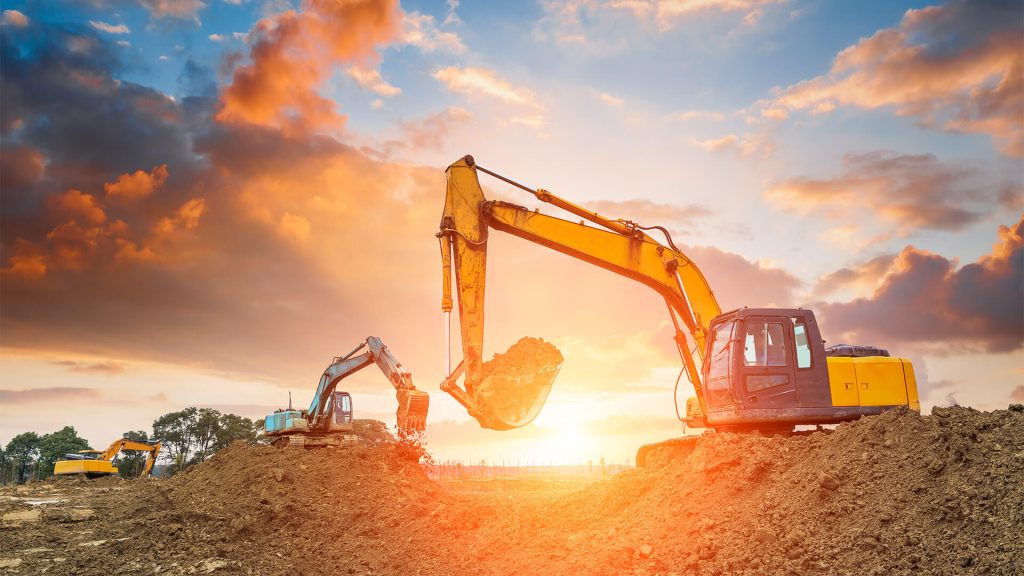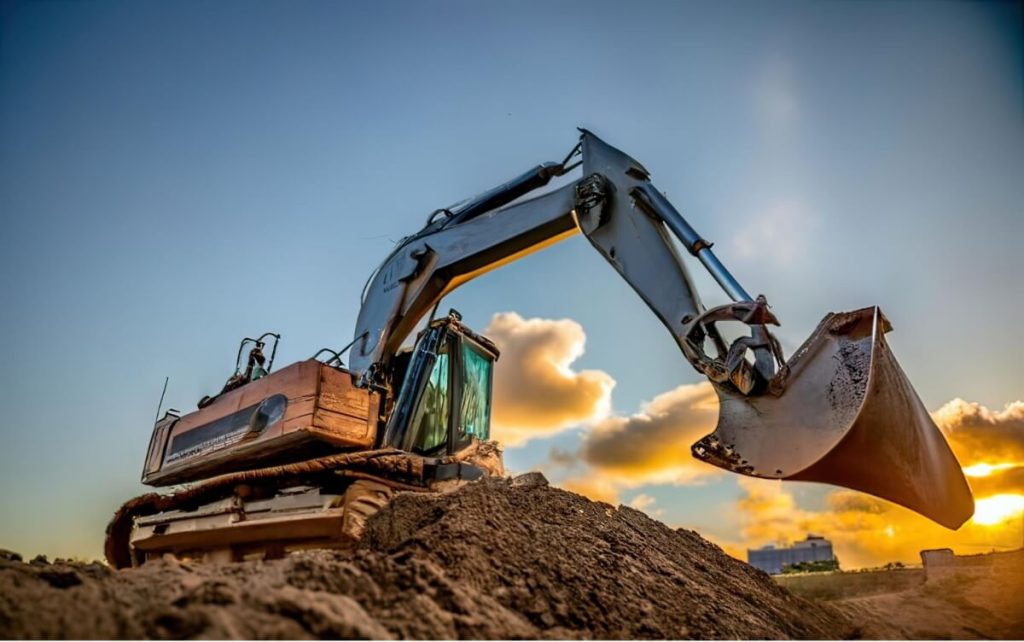If your business in the UAE relies on uninterrupted power, selecting the right Perkins generator supplier in UAE can make all the difference. Working with a trusted supplier ensures you get high-quality Perkins generators designed for industrial and commercial projects, offering reliable performance, fuel efficiency, and easy maintenance.
Perkins Generator Supplier in UAE: Complete Buyer’s Guide to Industrial Diesel Generators in the UAE & Africa
Reliable power keeps construction sites active, cold rooms cold, data centers online, and hospitals safe. In the UAE & across Africa—where heat, dust, and unpredictable grid conditions are a daily reality—Perkins-powered diesel generators remain the go‑to solution from 20 to 2500 kVA.
This guide gives you the practitioner’s view: how to size correctly, what features matter, typical fuel costs, installation & maintenance checklists, and when to rent vs. buy. If you’re planning to procure a generator for a project in Dubai, Abu Dhabi, Luanda, or Mogadishu—start here.
- Generator Basics: kW vs kVA, Prime vs Standby
kW vs kVA
- kW measures real power the load consumes.
- kVA measures apparent power from the generator.
- Relationship: kW = kVA × Power Factor (PF). Most industrial loads use PF ≈ 0.8. So a 700 kVA set can supply ~560 kW at PF 0.8.
Ratings
- Standby (ESP): For emergency backup during outages; variable load; not for continuous use.
- Prime (PRP): For running many hours daily with variable load; the usual choice for sites with weak grid.
- Continuous (COP): Steady load 24/7 (rare in commercial projects).
Phases & Voltage
- Single-phase for villas/small shops; three-phase for sites and buildings. Common voltages: 230/400 V (50 Hz) in UAE/Africa.
Cooling & Ambient
In hot climates, demand radiators rated to 50°C and derating consideration for altitude & temperature.
How a Perkins Generator Supplier in UAE Helps You Size Your Generator
Correct sizing prevents nuisance trips, blackouts, or overspending on fuel.
The 6 Steps
- List all loads (kW or amps) ➜ HVAC, pumps, compressors, cranes, elevators, cold rooms, lighting, IT.
- Separate motor loads (they have high starting current). Note starting kVA = 3–7 × running kW depending on motor type.
- Decide operating mode (standby vs prime) and average load (%). Aim for 60–80% loading in operation.
- Apply power factor (usually 0.8). Convert running kW to kVA when needed.
- Add growth margin (typically 15–25%).
- Check harmonic/ups/vrf: For drives, UPS, or non‑linear loads, add oversizing 20–35% and specify a PMG + AVR alternator.
Worked Example: Mixed Commercial Building (Targeting ~700 kVA)
- Chiller & AHUs: 200 kW (starting ~5× on compressor via across‑line start → consider soft starter/VFD to cut to ~2×).
- 3 × Water Pumps: 3 × 15 kW = 45 kW (starting 3× each; stagger starts).
- Elevator: 30 kW (starting ~3×).
- Lighting & Sockets: 45 kW.
- IT/Server/UPS: 20 kW (non‑linear → derate + oversize 20%).
- Miscellaneous: 20 kW.
Running kW (sum): 200 + 45 + 30 + 45 + 20 + 20 = 360 kW.
Starting allowance: With soft‑starter on chiller (2×), staggered pumps/elevator (3× but not simultaneous), the maximum combined starting demand ≈ 360 kW + 160 kW (extra) ≈ 520 kW.
Convert to kVA at PF 0.8: 520 / 0.8 = 650 kVA. Add growth margin 10–15% → 715–750 kVA.
✅ Recommended set: 700–750 kVA (Prime) Perkins with Leroy‑Somer or Stamford alternator, DSE controller, soundproof canopy, ATS.
- Fuel Consumption & Running Cost (with quick math)
Fuel is the largest lifetime cost. A quick rule-of-thumb for modern diesel engines is ~0.24 L/kWh (varies by model & load factor).
Formula:
Estimated L/h = Load (kW) × 0.24 L/kWh
Estimated OPEX = L/h × diesel price per liter
| Load % | Electrical Load (kW) | Est. Fuel (L/h) | Notes |
|---|
| 25% | ~140 | ~34 | Light loading; not ideal long-term. |
| 50% | ~280 | ~67 | Good for light/variable sites. |
| 75% | ~420 | ~101 | Sweet spot for efficiency. |
| 100% | ~560 | ~134 | Max continuous at PF 0.8. |
Actual consumption depends on engine mapping, altitude, temperature, and alternator efficiency. Ask for a factory data sheet for precise figures.
- What to Look For: Components & Specifications
Engine (Perkins)
- Global parts availability, strong dealer network, long service life.
- 50°C rated cooling package, turbocharged, electronic governor for stable frequency.
Alternator (Leroy‑Somer / Stamford)
- AVR for tight voltage regulation (±1%).
- Consider PMG for better motor starting & non‑linear loads.
Controller (e.g., Deep Sea DSE7320/7420)
- Auto/Manual/Remote modes, event logging, alarms, genset metering, modbus for BMS/SCADA.
ATS (Automatic Transfer Switch)
- Safe switching between Mains ↔ Generator. Size ATS to main breaker, include interlocking.
Acoustic Canopy
- 75–85 dB(A) @ 1 m typical. For residential or hospitals, request 65–70 dB(A) packages.
Base Fuel Tank
- 8–10 hours autonomy at 75% load is typical. Add day tank + bulk tank for long runtime.
Other Must‑Haves
- Battery charger, jacket water heater (standby sets), heavy‑duty air filtration, tropical radiator, bunded base, emergency stop.
Installation Checklist (UAE & Africa Conditions)
Site & Civil
- Level concrete pad with vibration isolators; maintain service clearance (≥1 m per side).
- Weatherproof canopy or container; ensure intake/exhaust airflow meets OEM data.
Electrical
- Proper earthing system (≤1–5 Ω target per local code).
- Cable sizing for voltage drop ≤3%; gland plates sealed against sand/dust.
- ATS wiring with mechanical & electrical interlock; test sequence under load.
Fuel & Exhaust
- Bunded tanks; compliant venting; diesel polishing/filtration if stored long-term.
- Exhaust routing away from air intakes; insulated where people can touch.
Commissioning
- Megger tests, phase rotation, load test (preferably with load bank at 25/50/75/100%).
- Record frequency, voltage, THD, temperature, oil pressure.
Hot Climate Upgrades
50°C radiator, oversized alternator, sand‑trap louvers, cyclonic pre‑filters.
- Maintenance Plan: From Day 1 to Year 5
Daily / Weekly
Visual leaks, coolant & oil level, battery voltage, run log hours.
Every 250–300 hours (or quarterly)
Engine oil & filters, fuel filters, drain water from separators, general inspection.
Every 500–1000 hours
Air filters, valve lash check (per OEM), coolant analysis, belts & hoses.
Annually
Load bank test, ATS functional test, recalibrate protections, clean radiator core.
Critical Spares
Oil/fuel/air filters, belts, coolant, fuses, spare AVR, battery set, injector washers.
- Compliance & Documentation
- OEM data sheets (engine, alternator, controller) & type test certificates.
- Wiring diagrams, single‑line diagram, earthing diagram.
- Fuel storage compliance with local civil defense/municipality.
- In the UAE: coordinate with facility FM, and where applicable with DEWA/ADDC/SEWA for standby interfaces. In Africa: check utility interconnection & emissions guidelines.
Buy New
Pro: warranty (typically 1 year or 1000 hours), highest reliability, tailored spec.
Con: higher CAPEX.
Rent
Pro: fast mobilization, OPEX only, ideal for short projects.
Con: higher monthly cost; limited customization.
Buy Used / Refurbished
Pro: lower CAPEX; quick availability.
Con: verify hours, service history, load‑test results; shorter warranty.
- Why Perkins Generators?
- Global support network and parts availability.
- Fuel‑efficient across a wide load range.
- Proven reliability in construction, telecom, healthcare, and data centers.
- Compatible with leading alternators (Leroy‑Somer, Stamford) and controllers (DSE).
- Why Hulool Motors
Reliable Power. Anywhere
- Stock from 20–2500 kVA with fast delivery across the Emirates & key African markets.
- Perkins engines, Leroy‑Somer/Stamford alternators, DSE controllers.
- 1‑year / 1000‑hour warranty.
- Turnkey: survey, sizing, installation, ATS, commissioning, and AMC.
- WhatsApp/Call: +971 50 20 10 126 · www.huloolmotors.com
